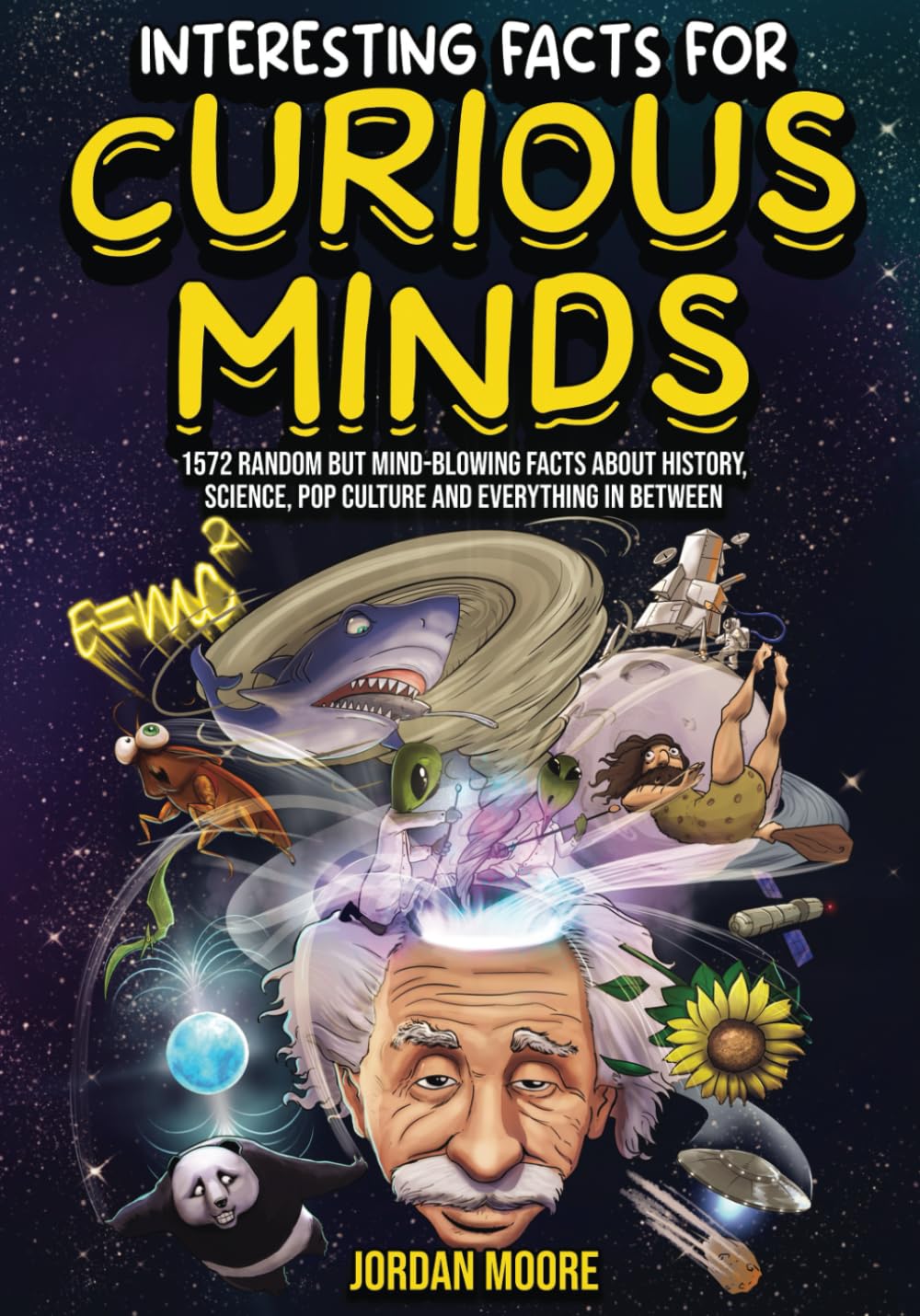
Interesting Facts For Curious Minds: 1572 Random But Mind-Blowing Facts About History, Science, Pop Culture And Everything In Between
Planes, Trains, And Automobiles
byPlanes, trains, and automobiles have all played pivotal roles in shaping the modern world, transforming the way people travel, transport goods, and experience the world. James Watt, famous for his contributions to steam engine technology, introduced the concept of “horsepower” to measure the power of mechanical engines. This unit of measurement, originally used for steam engines, continues to be used for all forms of mechanical engines, including those found in cars and airplanes. Over the years, as various forms of transportation evolved, the role of horsepower in understanding an engine’s capabilities remained essential. Watt’s invention laid the foundation for future innovations in transportation, including trains, automobiles, and airplanes, all of which rely on precise power measurements for optimal performance.
The history of transportation can be traced back to significant milestones, such as the Wright brothers’ pioneering flight in 1903. Before becoming world-renowned aviators, Wilbur and Orville Wright earned a living by building, fixing, and selling bicycles. Their mechanical ingenuity helped them understand the complexities of flight, leading to the first successful powered flight at Kitty Hawk, North Carolina. This achievement revolutionized travel and opened the door to the rapid development of the aviation industry. In contrast to the Wright brothers, earlier forms of travel involved slower, more primitive methods, like steam-powered vehicles, which were common in the late 1800s. However, these steam-powered cars eventually faded out due to the impracticality of their large boilers and the rise of more efficient internal combustion engines.
In the world of trains, the development of model trains has been a serious and costly hobby for enthusiasts. A “model train” typically includes a scaled-down version of a train system, often accompanied by a miniature city or landscape. This intricate and precise modeling should never be referred to as “toys,” as it is considered an art form in its own right. The popularity of model trains highlights a deep fascination with the history and intricacies of railroads, which have long been a significant part of modern transportation. Trains themselves have a rich history, with the first successful steam locomotive invented by Richard Trevithick in 1804. His locomotive, which took its first ride near Merthyr Tydfil, Wales, was able to travel just under 10 miles, marking the beginning of a new era in transportation.
When discussing modern highways, it’s important to recognize how critical controlled-access highways have been in improving transportation systems. The concept of controlled-access highways began with the Long Island Motor Parkway in New York in 1908, and by 1924, the first dual freeway was built between Milan and Varese, Italy. These highways allowed for faster, more efficient travel, serving both military and civilian needs. In the United States, the Federal Aid Highway Act of 1956 led to the development of the Interstate Highway System, which was originally designed to help move military equipment quickly across the country. However, this system immediately became available for civilian use, making long-distance travel easier and helping to shape the American landscape.
While many people associate the automobile with Henry Ford, the reality is that the first automobile patent was granted to German inventor Karl Benz in 1886. Benz’s invention, the motor car, is considered the world’s first true automobile, and he went on to create the company Daimler-Benz. The widespread use of automobiles would follow soon after, though it wasn’t until the early 20th century that electric cars became a significant part of the automotive industry. Surprisingly, electric cars were common in the late 1800s, with about one-third of all cars on the road being electric by the early 1900s. Despite the rise of gasoline-powered vehicles, electric cars continue to play an important role in modern transportation, particularly with today’s increasing focus on environmental sustainability and reducing carbon emissions.
When it comes to air travel, a staggering statistic is that the likelihood of dying in a plane crash is roughly one in 11 million, far lower than the odds of dying in a car crash, which is about one in 5,000. Despite the risk, air travel remains one of the safest and most efficient ways to traverse long distances. The importance of safety in aviation is underscored by the fact that, in 2008, the International Civil Aviation Organization mandated that all flight controllers and flight crews involved in international flights use English as the standard language for communication. This global move toward standardizing communication in aviation reflects the growing interconnectedness of the world and the critical need for clear and consistent communication in the skies.
In conclusion, planes, trains, and automobiles have all dramatically transformed how people interact with the world, and the innovation behind these modes of transport continues to evolve. From the creation of the first steam engines to the rise of modern electric cars, the journey of human transportation is a testament to creativity, ingenuity, and persistence. Each advancement in transportation has made the world more connected and accessible, while also presenting new challenges that require ongoing innovation. Whether it’s the quiet hum of a train traveling across the countryside, the roar of an airplane in the sky, or the smooth acceleration of a car on a freeway, each form of transportation carries with it the legacy of those who made these advances possible. The continuing evolution of these technologies promises even greater strides in how we move across the world in the future.

